We can all agree that the third most important thing for being good in an FPS game after aim and game knowledge is, well, FPS! After all, it’s the reason we upgrade our PCs and monitors. To help you increase your FPS and, therefore, competitiveness, here is our ultimate Arena Breakout: Infinite graphics settings optimization guide!
Best Graphics Settings for Arena Breakout: Infinite
To get the best balance of FPS and visual fidelity in Arena Breakout Infinite, use the settings we listed below. Note that you can go lower on some for a bit more FPS, but it’s probably not worth it. If you want to learn how we came up with these settings, scroll down for our in-depth analysis of each setting and its performance impact.
Optimized Settings
- Aspect Ratio: Native
- Screen Resolution: Native
- Screen Mode: Windowed Full-Screen (Full-Screen if you’re superstitious)
- Resolution Sampling Type: DLSS (use FSR2 only if you’re really struggling with an AMD GPU; otherwise, leave it off; TSR is trash)
- Resolution Sampling Quality: Medium/High
- Max FPS: 60/75/120/144/165/240… (your monitor’s refresh rate; you can also lock it to a lower 75-90 for lower GPU temps)
- V-Sync: Off
- Enable Main Screen Frame Rate Limit: On
- View Distance: Medium/High (enemies won’t render at long range otherwise; use Low if you’re really struggling)
- Anti-Aliasing: Low
- Shadow Quality: Low
- Resolution: Low
- Post-Processing Quality: Low
- Texture Quality: Low/Medium (High if you want a bit better quality with a small performance hit)
- Effect Quality: Low
- Vegetation Quality: High
- Shader Quality: High
- Light Quality: Low
- Brightness (Post-Processing): 1.4 (depends on your monitor’s settings)
- Saturation (Post-Processing): 1.1 (makes spotting enemies easier)
- Contrast (Post-Processing): 1.2 (makes spotting enemies easier)
- Sharpness (Post-Processing): 1 (0 combined with AA makes the game blurry; 1-2 seems ideal)
Arena Breakout: Infinite Graphics Settings Analysis
The baseline for all tests was all settings on low, 1080p resolution, Windowed Full-Screen, and upscaling off. The CPU used was a Ryzen 5 5600X, and the GPUs were an RTX 3060 and an RX6650XT.
Also, note that the baseline FPS is different for some settings because I had to do these tests over multiple raids and on different spots. So, the accurate indicator of each setting’s FPS impact is the delta between Low, Medium, and High.
FPS Impact Summary
| Setting | Baseline – Low | Medium | High |
|---|---|---|---|
| Resolution Sampling – TSR | 187 | 158 | 143 |
| Resolution Sampling – FSR2 | 184 | 154 | 136 |
| Resolution Sampling – DLSS | 205 | 176 | 161 |
| View Distance | 151 | 140 | 135 |
| Anti-Aliasing | 151 | 143 | 141 |
| Shadow Quality | 133 | 128 | 125 |
| Resolution | 133 | 112 | 101 |
| Post-Processing Quality | 133 | 127 | 124 |
| Texture Quality | 133 | 131 | 127 |
| Effect Quality | 133 | 132 | 132 |
| Vegetation Quality | 133 | 132 | 130 |
| Shader Quality | 133 | 132 | 132 |
| Light Quality | 133 | 131 | 128 |
FPS Impact of All Settings
Screen Resolution & Screen Mode
Lowering screen resolution should be your last option. The visual degradation just isn’t worth it otherwise. The more important question is: should you use Full-Screen instead of Borderless? The answer is no, as FSB optimization has been brought to perfection, and it even outperforms FSE in some games. At least that’s true for DX11 and DX12 apps, and Arena Breakout: Infinite falls into that category.
Resolution Sampling – FSR2 vs TSR vs DLSS
DLSS is still the only viable upscaling algorithm, as others, like FSR, TSR, and XeSS, produce unbearable ghosting, which is detrimental for FPS games. So, unless you’re really struggling for FPS on a non-Nvidia GPU, just leave this option off. Below are a few comparison images. Notice that the lower the settings, the more moving objects will look blurred or simply disappear as ghosting kicks in.






V-Sync
V-Sync is by far the worst thing you can enable to try to fix screen tearing. Instead, use Fast Sync (Nvidia) or Enhanced Sync (AMD) (G-Sync, FreeSync, and other sync options are also helpful), which are available in your GPU’s control panel. Triple-buffering can help you further iron out the tearing. However, it will induce even higher input lag. You can also use RTSS’s Scanline Sync, though setting it takes a bit more time.
View Distance


View Distance can tank your FPS a lot. However, when on Low, players won’t render for you if they are far away, making it hard to plan your movements. So, if you want to be competitive in Arena Breakout: Infinite, try to set this one at least on Medium.
Anti-Aliasing


Anti-Aliasing is a personal preference, really. If you set Sharpness to 1 and AA to Low, you’ll have a clear picture without too many jagged edges while retaining those few precious FPS. Still, if you really want to get rid of all the jaggedness, setting it to High will cost you only about 4-5% FPS.
Shadow Quality


As you can see in the image comparison above, Shadow Quality impacts the detail and distance at which shadows are rendered. For the best FPS and competitive advantage, I’d set this to Low. It doesn’t have that big of an impact, so setting it to Medium/High is also an option.
Resolution


The Resolution is the most vaguely described setting in Arena Breakout: Infinite. My guess is that it’s either Super-Resolution or something to do with texture sizes, as the only noticeable difference in the image above is the ground texture detail. It’s the setting that’ll tank your FPS the most, so unless you want to turn this game into a PowerPoint presentation, I’d leave it on Low.
Post-Processing Quality


Post-Processing Quality seems to affect Ambient Occlusion intensity the most. It makes the game look much more realistic, but it has a relatively high FPS cost. I’d leave it on Low or Medium for best looks/performance.
Texture Quality


Texture Quality does improve the looks of Arena Breakout: Infinite a tiny bit, but the question is whether you need it. If you’re using a high-resolution monitor, ramp this setting up. Otherwise, set it to Low and enjoy those extra few FPS without much worse visuals.
Effect Quality


Effect Quality seems to tank your FPS only when there are explosions, muzzle flashes, fires, etc. It also has a minor impact on water detail. Still, both of those are irrelevant for gameplay, making this setting a waste of resources.
Vegetation Quality


Vegetation Quality is a setting that will make your game look much more realistic, though the extra grass, bushes, and trees might obscure your vision and work against you during a raid. If you want to be as competitive as possible, set it to Low. Otherwise, leave it on High.
Shader Quality


Shader Quality impacts the visual quality of water and reflections. However, there are so few polished surfaces in Arena Breakout: Infinite that you’ll hardly notice the effects of this setting. So, whether you set it to Low or High, it won’t make a big difference.
Light Quality


Light Quality can actually lower your FPS quite a bit if you’re indoors in places with lots of artificial lighting. I recommend you leave it on Low as you’ll hardly notice the difference, and it’s not like it will make your gameplay any better.
How to Fix Stutters in Arena Breakout: Infinite
If you’ve optimized your settings and are still experiencing occasional stutters, try these tweaks and see whether they help:
- Fast Sync & Enhanced Sync: These sync methods will make your game seem much smoother with minimum increases in input lag. The only sync method you should avoid is V-Sync.
- Turn off overlays: Overlays such as the Xbox Game Bar, Discord, and Steam can impact your CPU usage and cause stutters.
- Turn off other applications: Spotify, Discord, internet browsers, etc., will impact your CPU and GPU usage, which might cause stutters.
- GPU Control Panel settings: Optimize your Nvidia and AMD control panel settings.
- Tweak your antivirus: Disable sample submissions and other bloat in Windows Defender. Also, uninstall all other antiviruses, except maybe Malwarebytes, as that one is useful for deep scans.
- Update your GPU drivers: Check if there is a new release of drivers. Up-to-date drivers can make a world of difference, especially for new games.
That does it for our Arena Breakout: Infinite graphics settings optimization guide. If you found this guide helpful and you want to learn more about this and other popular extraction shooters, be sure to check out all the other content in our Guides section.

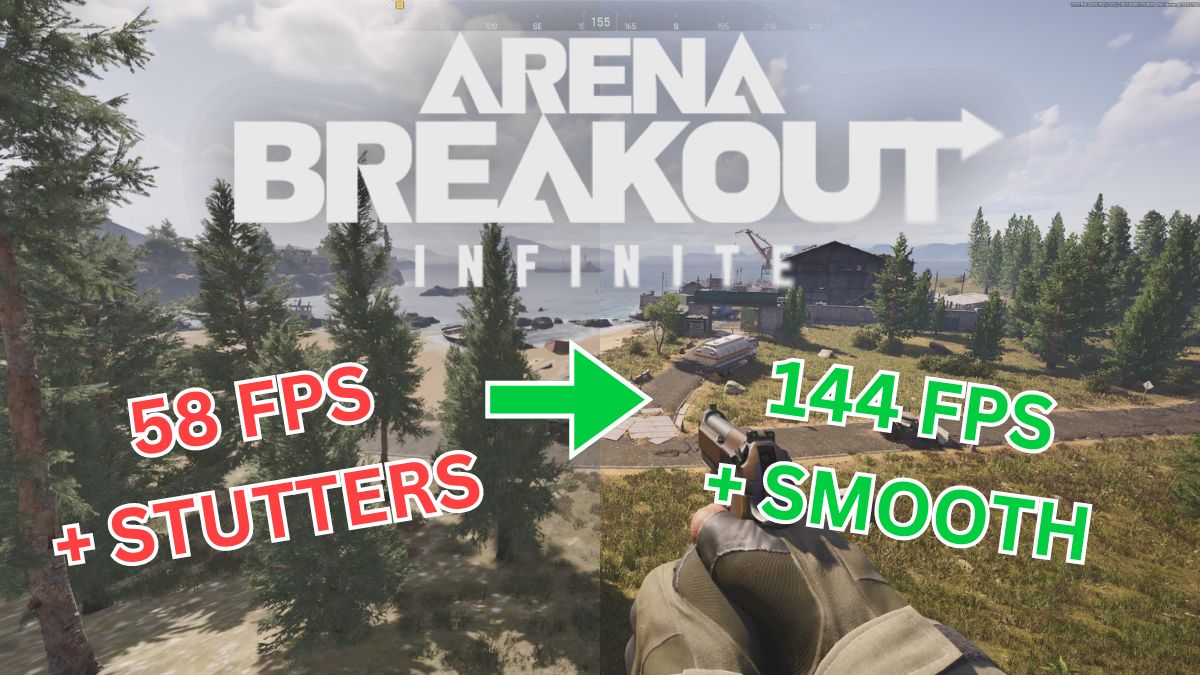
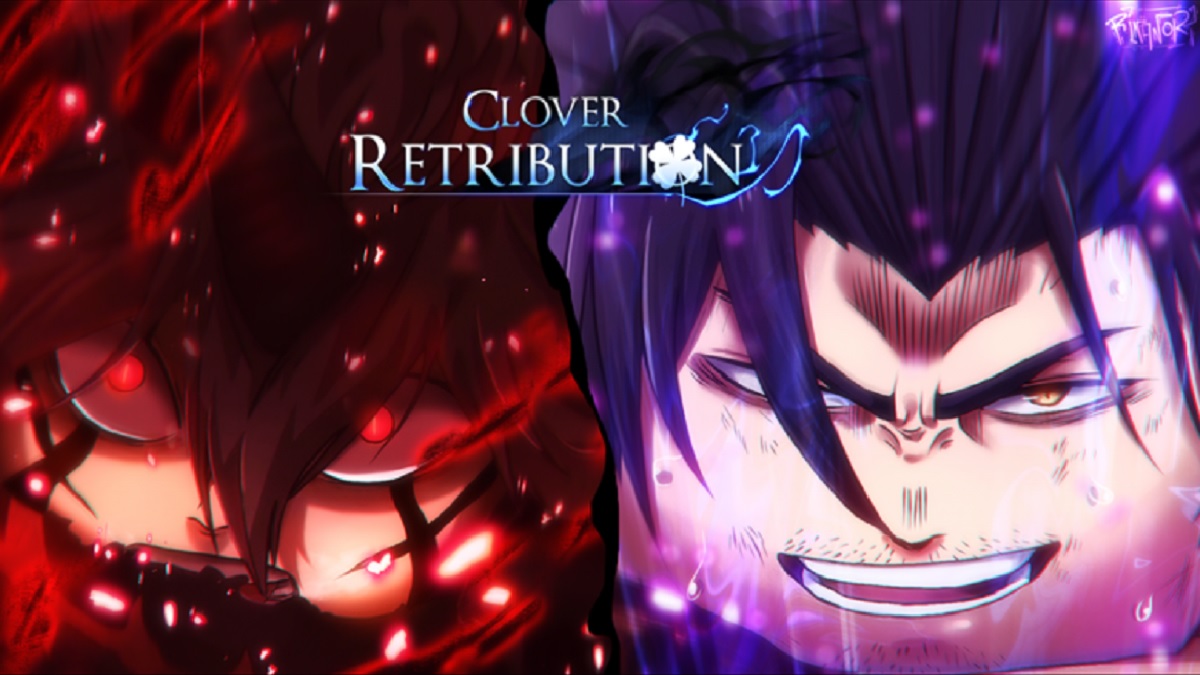

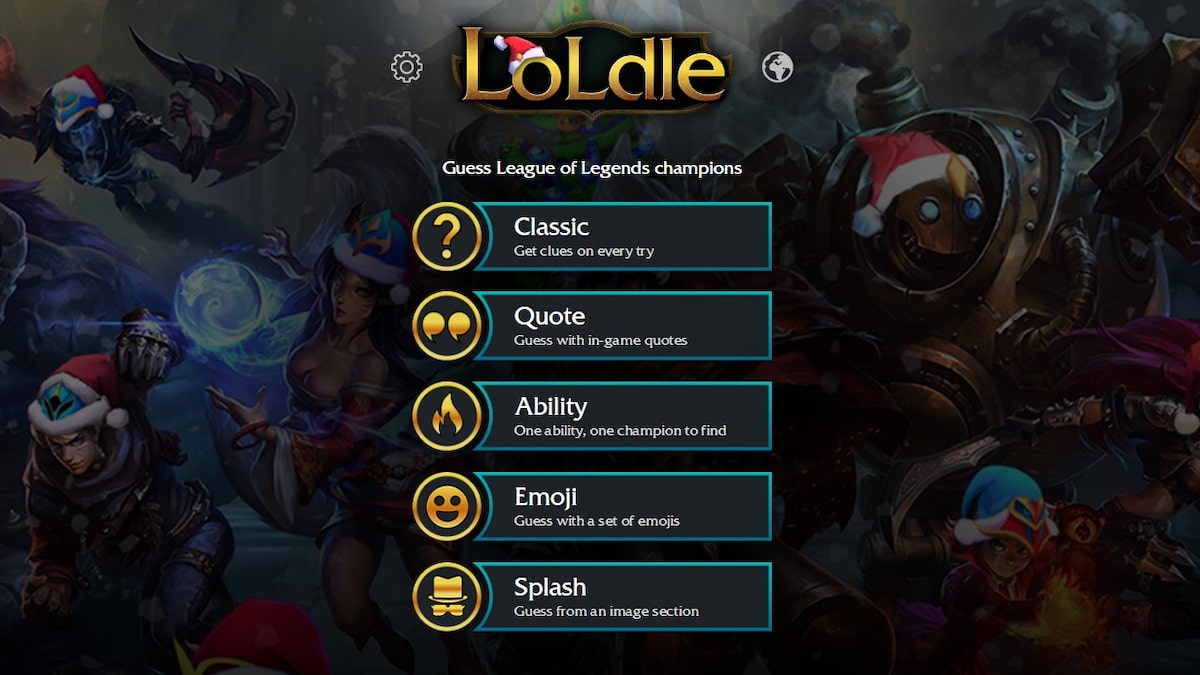
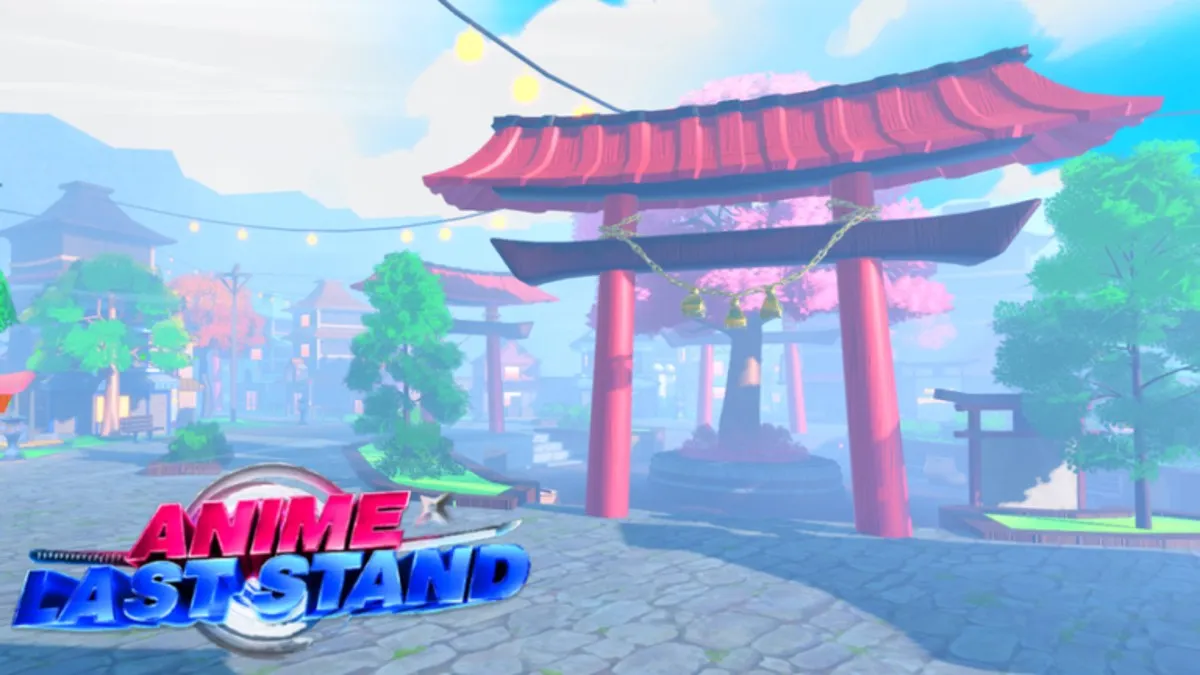
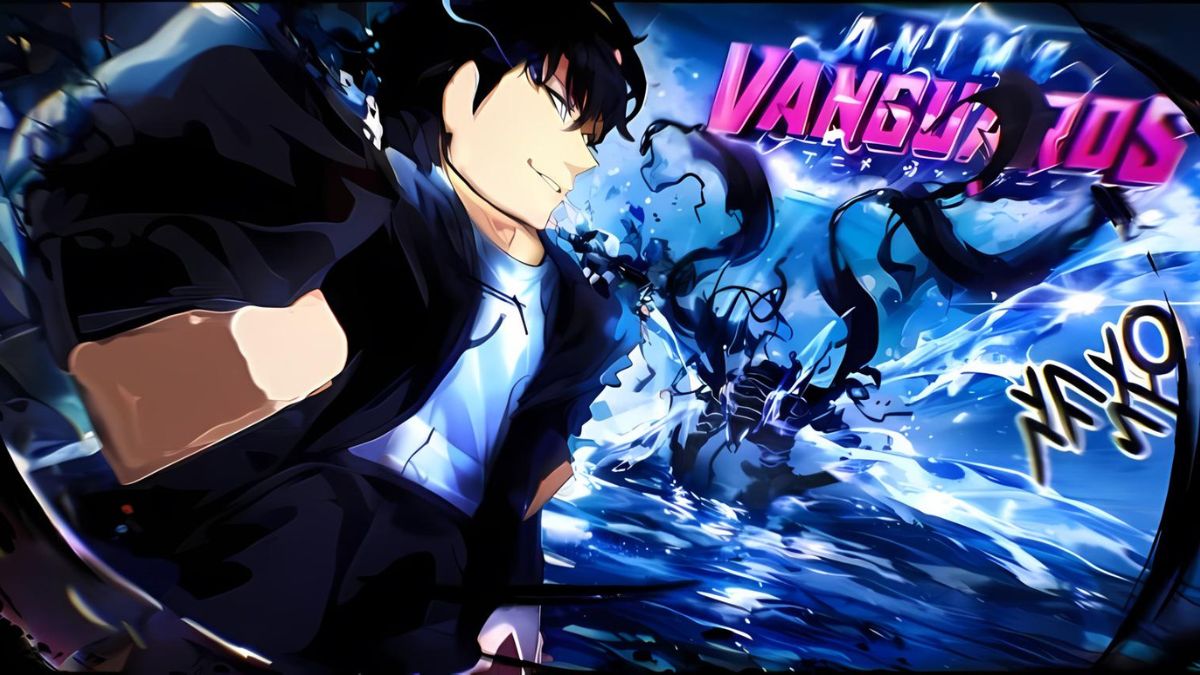

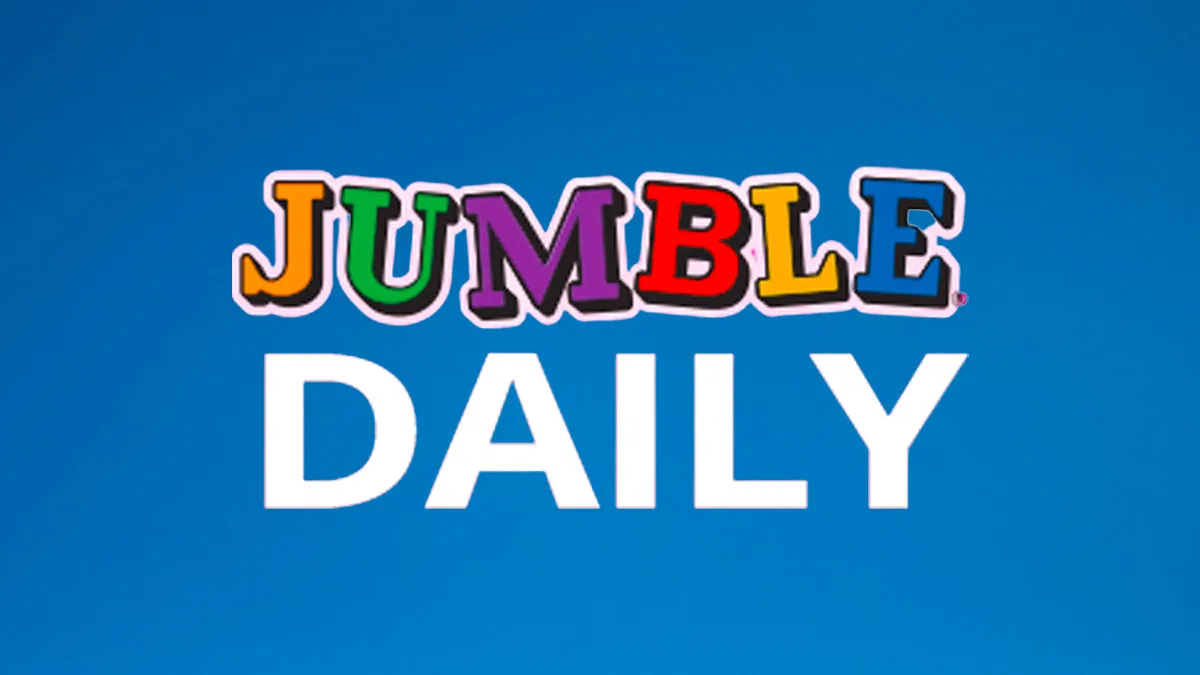
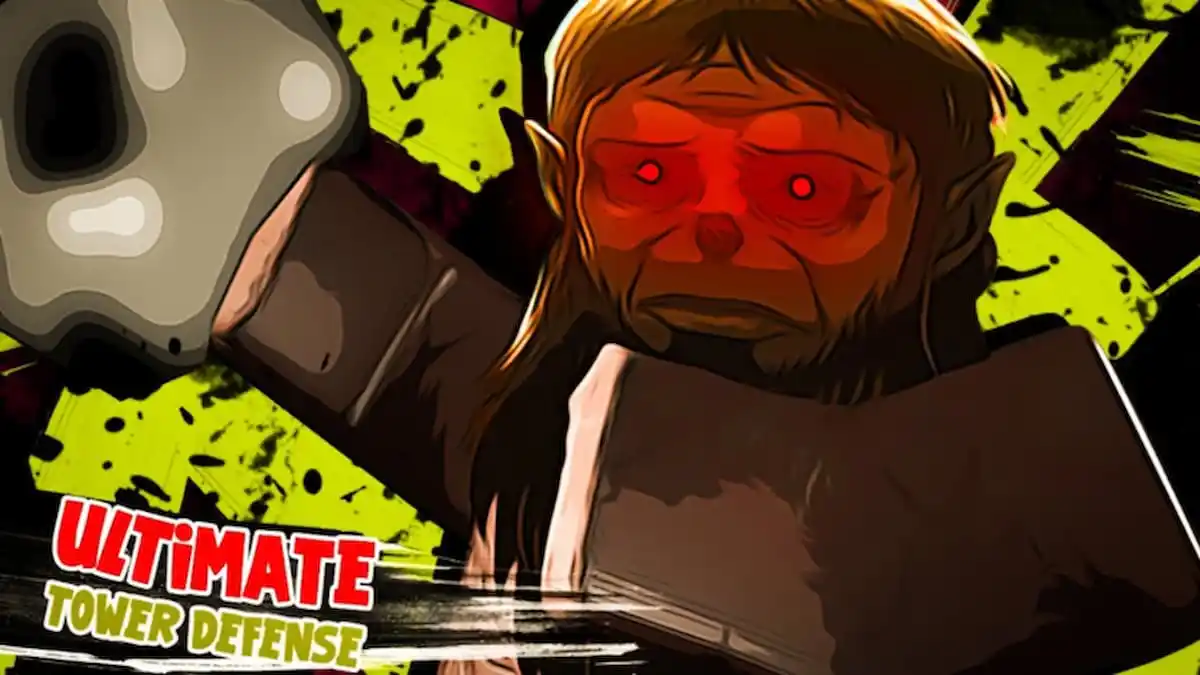


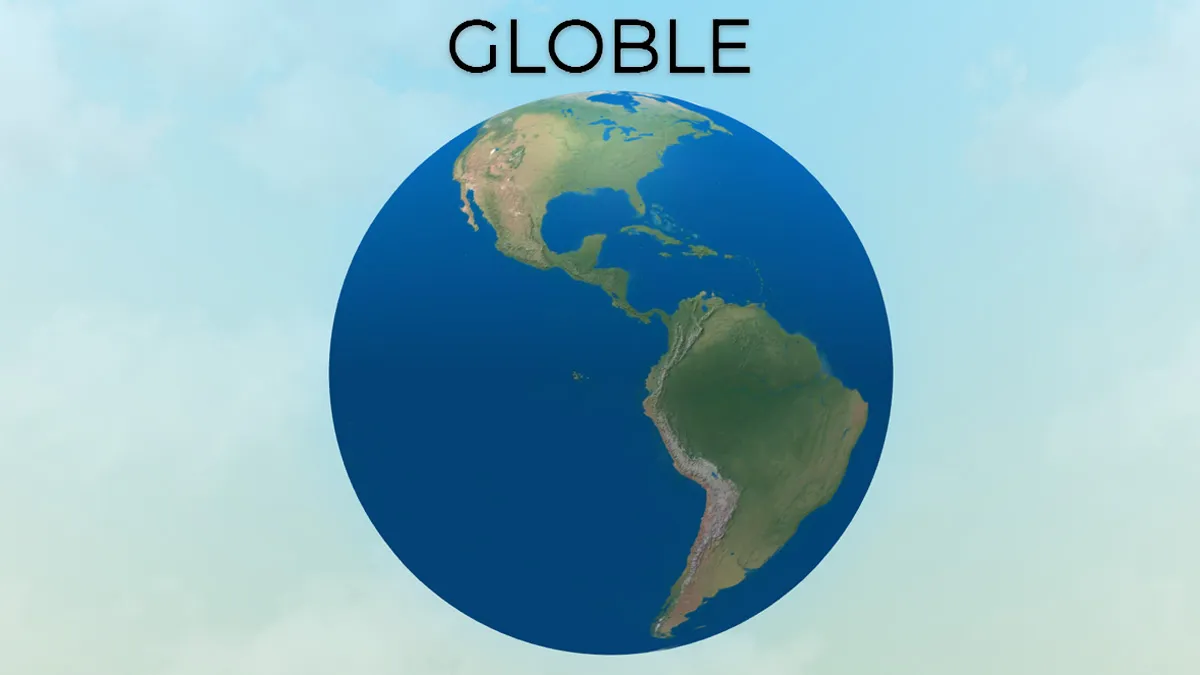

Updated: Aug 18, 2024 12:41 pm